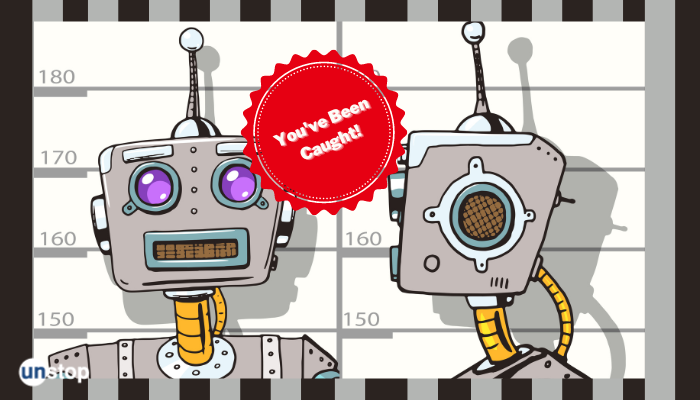A Student Betrays All: Develops An App That Detects AI Written Assignments

Technology has become an integral part of the lives of students. The master-disciple relationship of the past now involves a new actor - technology. Technology allowed students to access education from remote locations. It also widened the horizon of their learning by providing them with wider options. However, some notorious students began using Artificial Technology (AI) for writing assignments.
ChatGPT became a nightmare for teachers across schools and colleges. Several students used ChatGPT and other AI tools to help write their college essays. Because of the accuracy of the software, it was nearly impossible to detect it. It was designed to mimic and compose different types of texts.
But then comes GPTZero - the 'Turing Machine' which broke this enigma code of ChatGPT. Edward Tian, a 22-year-old Computer Science student from Princeton University designed GPTZero with the hopes to bring back the rigor to college assignments.
Using his skills and knowledge, Tian was able to develop a software that could challenge a powerful tech company like OpenAI. According to Tian, ChatZero could decipher a written piece of work and tell whether it was written by a human or an AI.
The Princeton student also said ChatZero performed its work “efficiently and quickly” so that most people could use it without any hassle. Owing to this, ChatZero found approval among academicians. A philosophy professor at South Carolina University found Tian’s invention extremely useful for detecting plagiarism in assignments.
The software exploits the knowledge of the writing style of humans and compares it with artificially-fed algorithms of computer systems. Humans tend to write highly complex texts. While AI offers results that are low in complexity.
Moreover, as human thought structure is not linear, their sentence structure follows a similar pattern. The sentence structure of human-written texts oscillates between long-and-complex sentences and short-and-simple sentences.
AI operates on well-organized data. This is what Tian’s GPTZero looks for. Hence, GPTZero uses perplexity and burstiness as two indicators to detect whether the text is written by AI or not. So, if a student submits an assignment that is low on perplexity and showcases less variation in sentences, GPTZero would mark it as AI-generated.
More than 30,000 people tried GPTZero within a week of its launch in January this year. Tian is getting lots of praise for his software. His work is a reminder that every time technology is exploited for a wrongful purpose, there would be a Turing to break the Enigma!!!
For students looking at taking the shortcut, watch out. As it is lovingly said, copying is an art. It's time to revive those college strained grey cells and work on the art of copying because AI is not the answer anymore.
Login to continue reading
And access exclusive content, personalized recommendations, and career-boosting opportunities.
















Comments
Add comment